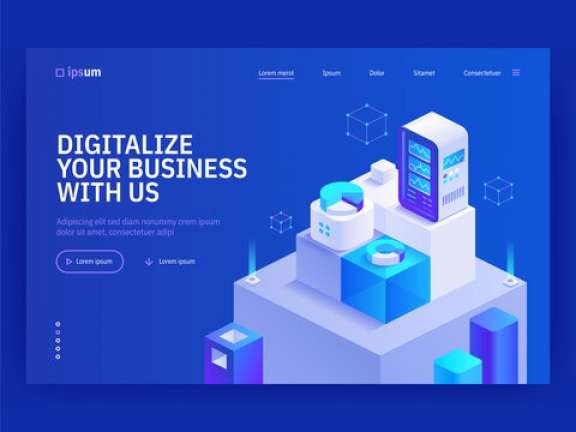Amazon Web Services provides your business with a wide range of benefits. With this cloud computing platform, you can profit from added flexibility, deployment speed, performance, and so much more.
Another advantage of AWS is added security. However, this element is not a one-way street. Yes, Amazon supplies you with the cloud services and infrastructure, but your company is also responsible for keeping its networks and data safe by following security best practices.
With the latter in mind, here are five tips to follow when it comes to improving your AWS security efforts.
Tip #1: Understand and minimize privilege escalation
It might be an old classic in the cybercriminal repertoire, but privilege escalation remains a significant threat – particularly with the shift to cloud infrastructures. As organizations try to get to grips with cloud technology, where they struggle to gain visibility into everything from user identities to actions, it is possible for bad actors to exist on their systems without even being detected.
When attempting to stop AWS privilege escalation from occurring, it is important to understand the common methods that are used by bad actors. These methods include utilizing a new IAM policy to self-assign privileges and using an inactive user to create a login profile.
With this knowledge, it is possible to put into place the policies and practices that will limit the possibility of privilege escalation. Combine that with the right use of tools for added environment visibility, and this minimizes the risk of escalation affecting your AWS infrastructure.
Tip #2: Disable unused credentials
One of the easiest and most effective methods to bolster your AWS security is disabling unused credentials.
As your business continues to grow and evolve on AWS, it is only natural for Identity and Access Management (IAM) users and groups to be created. These will then either be permitted or restricted access based on their position in your company.
The problem is these permissions and restrictions change over time. Employees leave your company, usage patterns evolve, and there are adjustments to authentication requirements. You can then be left with a hodgepodge of old and new accounts and groups that are not relevant to your business.
The result: you are opening the door to a security risk. All it takes is for a frustrated former employee, for example, to log in to their old account and take your AWS cloud servers offline.
With AWS IAM, you are able to continually monitor your cloud environment and ensure access is only granted at the right level to the right people.
Tip #3: Utilize multi-factor authentication
If your business isn’t already making use of multi-factor authentication, it is time to change that – right now.
With multi-factor authentication in place, this supplies your IAM users with an extra layer of protection. A username and password may have been the standard for logging into an account, but this alone can present plenty of vulnerabilities. A user could opt for an easily guessed password, for instance, or this password might be easily stolen or shared unsuspectingly.
Multi-factor authentication, as the name suggests, involves more than simply a password for a user to prove they are them when logging into AWS. In addition to the traditional, multi-factor authentication typically involves a one-time code being sent to the user’s mobile device.
The result of this is that, even if a bad actor has gained a specific username and password, they will be thwarted from gaining access unless they also have the user’s mobile device.
Tip #4: Leave the AWS root account alone
When you first create your AWS account, this also leads to the creation of the root account. This account is useful when you first configure IAM users and permissions. Yet other than that, you should leave your AWS root account alone.
Why? Well, if a bad actor manages to obtain the credentials for your root account, this instantly gives them full access to your AWS infrastructure. That’s not good. Due to this, forget about even considering the root account for any day-to-day operations. The credentials for the root user should be kept private – no employees should know these details unless it is completely necessary.
Tip #5: Make use of Amazon GuardDuty
As mentioned already, Amazon offers plenty of tools that help you to keep threats at bay. One of those is Amazon GuardDuty. Although not free, and it is advised you combine it with other security tools, GuardDuty is an excellent solution for protecting your AWS environment.
This tool, a threat detection service, helps to continually monitor your cloud environment. This includes observing your accounts, data, and resources, helping to keep them protected against any malicious activity. When a potential issue is spotted by GuardDuty, you will be alerted straight away – and the threat can be eradicated before it becomes a serious problem.
Read Also: Amazon Gpt55x















